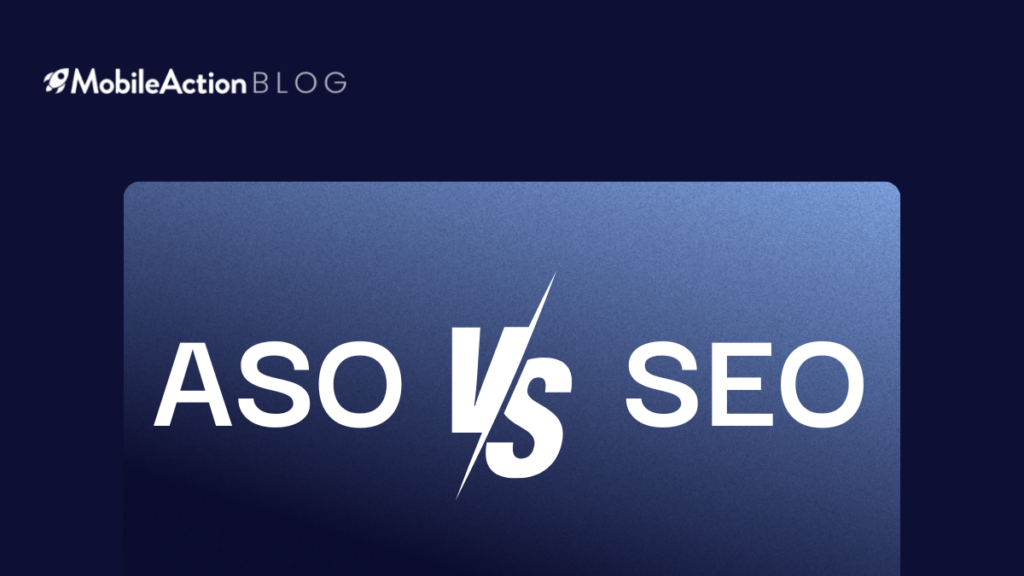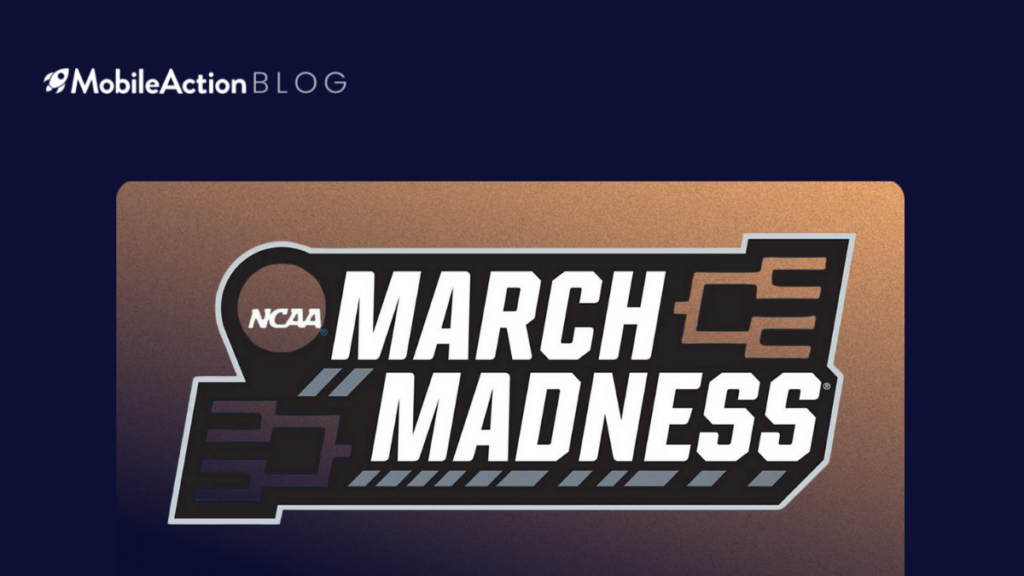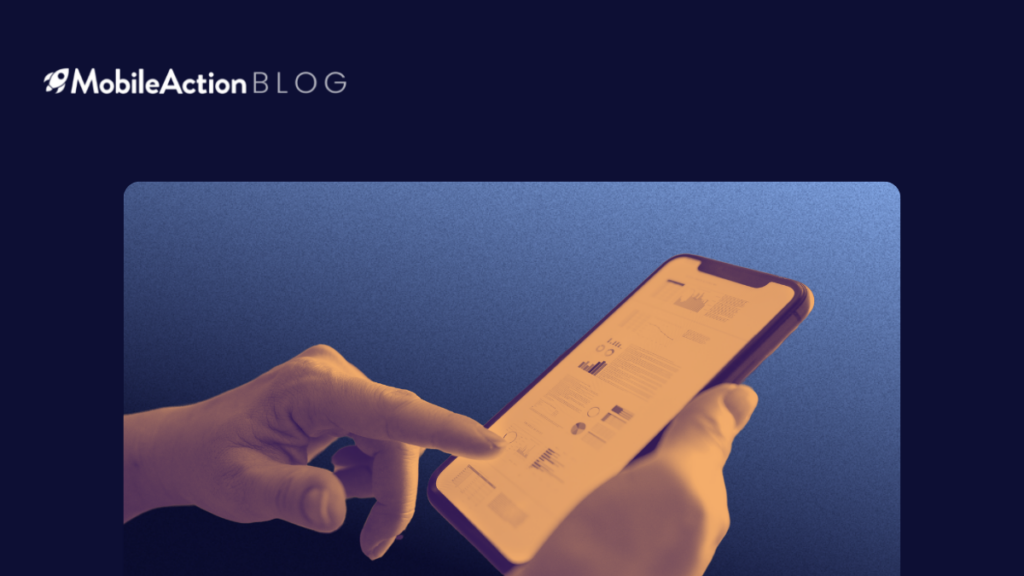The mobile world is buzzing with buzzwords such as “re-targeting”, “segmentation”, “DSP” and more. Everyone wants to buck the trend of rising prices and make installing apps cheaper. But one area, in particular, has always been overlooked. With this post, we will focus on doubling app conversion rates by using Google Experiments.
Your store listing page is where all of your UA efforts are focused and how you get downloads. How you present your app there can have a major effect on the number of downloads. So just how do you double a conversion rate from 15% to 30% without spending thousands?
You can do this on Google using their “Experiments” feature, a new feature you can access from your Developer Console. There’s no coding involved, which makes it great for marketers who want to improve their results.
When you make a decision, whether it be major or minor, stray away from gut feelings and instead focus on data-driven marketing where you challenge assumptions and make decisions based on facts.
How Can Experiments Save You Money?
- Every user that is turned into an installer for free can save you $2, the price per install for Tier 1 countries.
- You are presented with an insight into what messages are working and can then alter your claims accordingly or offer a unique proposition.
- Understanding what works best for free gives you a range of better options for paid advertising, such as Facebook ads.
Experiments will give you the best graphics and text for your app. You can also use Experiments to test different versions of your app against the current version to see which performs better according to the install data. Experiments run on published apps and are then tested by real customers. Experiments should be a part of the soft launch of your app, but it’s not too late to get started now.
How Do You Start Experimenting?
On the way to doubling app conversion rates, It’s pretty easy to set up an Experiment. Just go to the “Store Listings” tab for any app you have in the store. You can select either a global experiment for graphics or a local experiment that lets you alter text. You can use Experiments to test your app’s:
- Icon *
- Short description
- Long description
- Featured graphics *
- Screenshots *
- Video preview *
* = global only
When you pick the Experiment, change the variables you want to test. Get your developers or designers to provide you with different screenshots or other assets you may need.
Next, choose the audience the Experiment should be aimed at to test the variations. You should only test one element at a time, however, so you know which change works. For example, avoid changing the screenshot and the video in the same Experiment.
For further information about improving conversion rates, you can check this article.
What Can You Expect From the Results?
The results screen will present you with the different options, including the original, and show you a percentage increase (or decrease) for each option.
What to Keep in Mind While Doubling App Conversion Rates
You should expect a conversion rate of 30% in the App Store and 20% in the Play Store for organic traffic. If you pay for traffic then the conversion rate goes up to 50%. This is for games. Apps have a higher conversion rate, especially business and utility apps where people specifically search for an app that fits their needs.
- There can be quite a disparity between organic and paid traffic conversions. Your app could have 23% organic conversions and 49% paid conversions.
- There are also differences between different locations and devices. Test all these relevant variables.
- Experiments take into account active installs, which could slow things down if you struggle with a lot of people uninstalling your app. It’s a good idea to just manually count the number of installs using the graphs to get the data you need.
- Investing time and money into optimizing your store listing will only really pay off if you plan on acquiring paid users.
Conclusion
Hope you liked our blog post about doubling app conversion rates. So, that is how you get started with Google Experiments in the Developer Console. It is free, so if you haven’t used it yet, get started right now!
Recommended Article:




